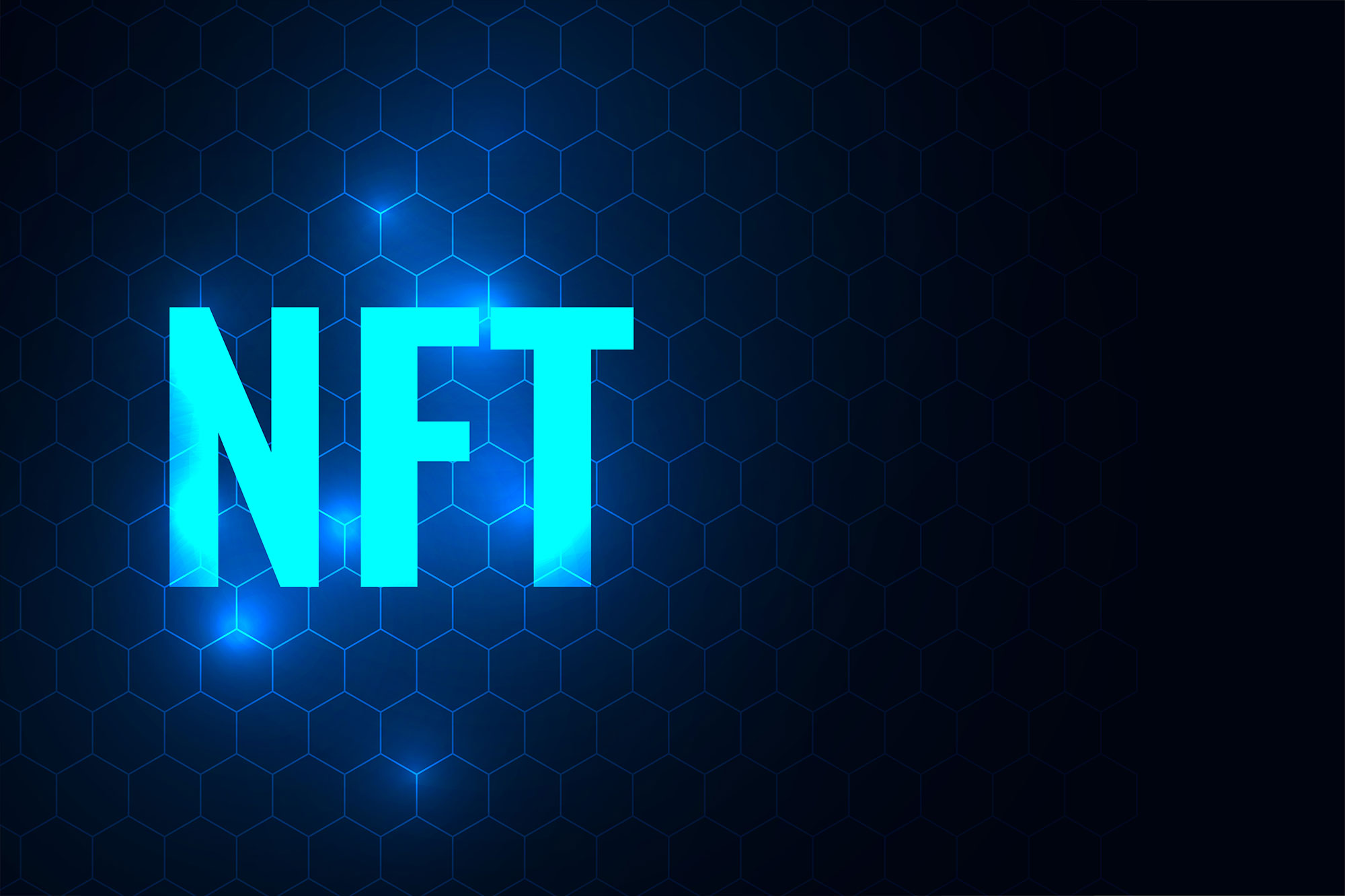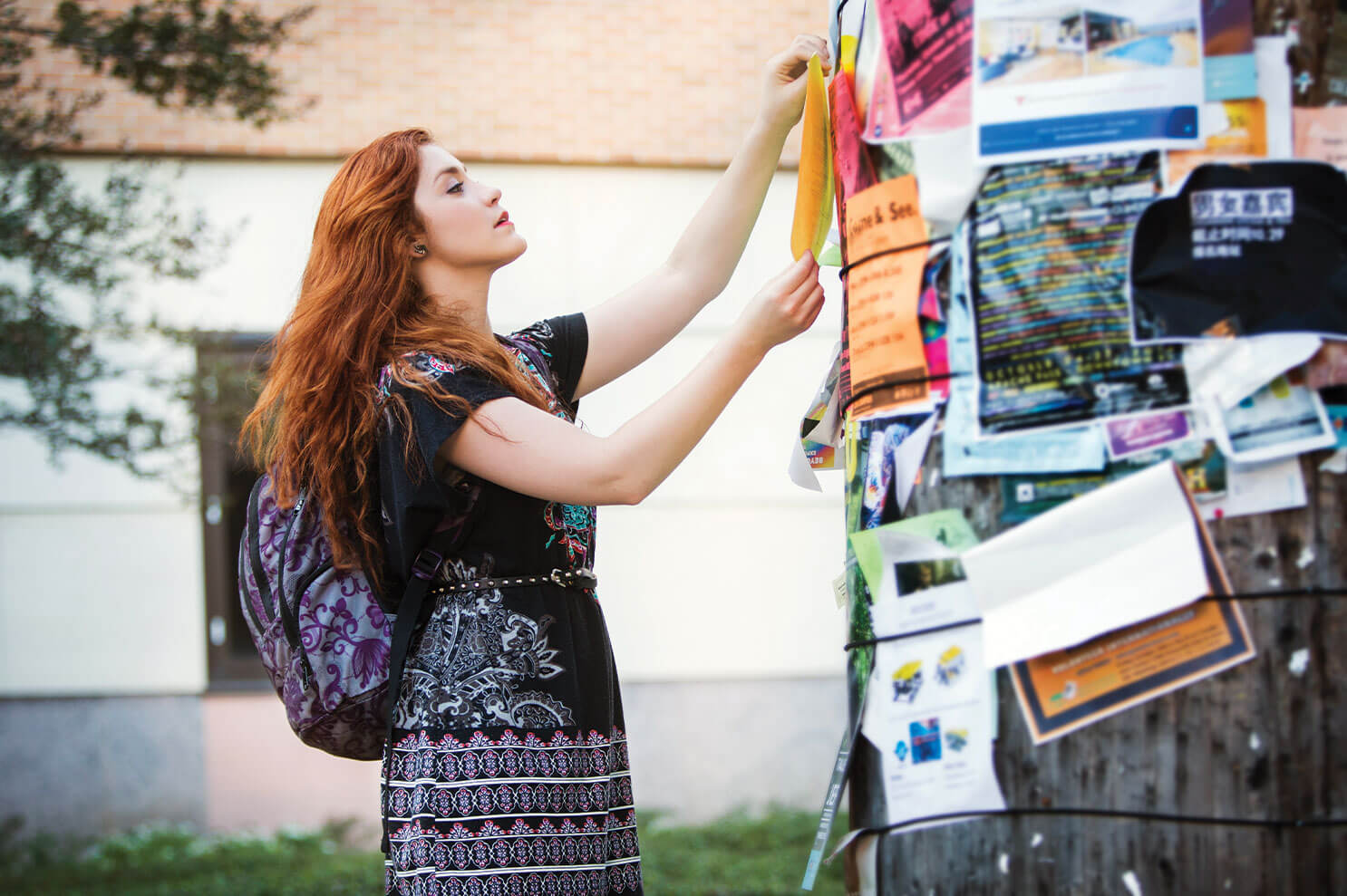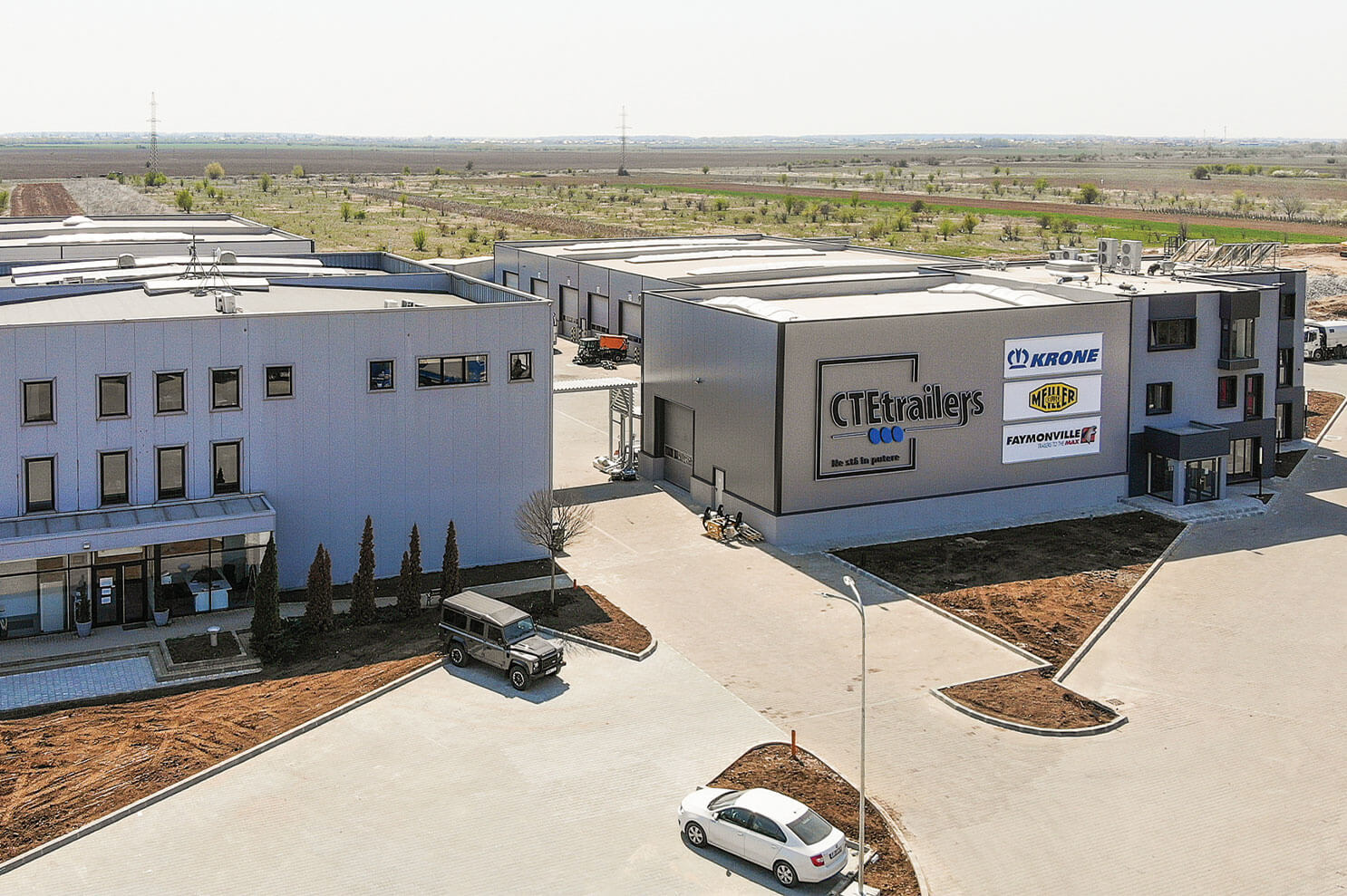Do you remember the Covid pandemic? You know, the time when people stayed in their houses all day long without being able to go outside, participated in a lot of virtual meetings, discovered TikTok and used the internet for the most part of the day? Well, while using the internet, many people found out about investments, such as stocks, crypto, real estate and others, researched about their advantages and learned how to invest online, without having to, for example, go to the bank and make a contract for 2-5% return annually. Today’s topic is about one type of investment that took the digital world by storm. Yes, we’re talking about NFT.
NFT is the abbreviation for Non-Fungible Token. If you’re wondering what this is and if there are also fungible tokens, let us guide you through our explanation.
Fungible and Non-Fungible Tokens
Fungible tokens – we use them every day. You just didn’t know they are called that. A straightforward example could be money. We use paper bills or cards charged with money daily. Fungible tokens don’t have an identification number and we can change them without problems. For example, if I give you 5 dollars and you give me back another 5 dollars, we don`t lose or gain anything. Also, we can’t say that the bill was unique. The banks around the world print thousands of bills that look alike in the course of one day.
On the other hand, non-fungible tokens are unique. Take, for instance, a piece of art or, a trivial example, the seat and number you are assigned in a plane. They attribute to you reserving a seat with an individual number. There won’t be another person with the same seat and number.
Now that we’ve established what fungible and non-fungible tokens are, we need to see what these terms mean in the digital world and how they can apply to the future of marketing.
Without a doubt, everyone has heard of Bitcoin and Ethereum. These cryptocurrencies are the “bills and money” of the digital world. These coins are classified in the fungible tokens category, as well as real bills are. The NFTs paintings or images that are created by digital artists nowadays, these are non-fungible tokens. But keep in mind, this category includes not only the piece of art, but also the author and everything that has a unique imprint.
Which brings us to the definition of NFTs. According to The Economic Times, NFTs are “unique cryptographic tokens that exist on a block chain and cannot be replicated—having a unique identification code and metadata.”
A short history
NFTs appeared less than 10 years ago. The beginnings were between 2012-2016, when people started to explore the creation of digital pictures. The first known artist that created an NFT was Kevin McCoy, and he made a digital image of a pixelated octagon that hypnotically changes color and pulsates in a manner reminiscent of an octopus. The date was May 3rd, 2014 – Since then, a lot of people began learning how to create these kinds of images. In 2021, two websites that posted various pictures with digital arts identified their potential and started to sell them. One of these artists (Christie`s) sold a graphic designer’s piece of art for 69 million dollars. The author’s name is Beeple and the picture was called Everydays: The First 5000 Days. This marked the beginning of people buying and selling different kinds of NFTs.
Well-known brands and their relation with NFTs
- Lay`s (PepsiCo). PepsiCo’s potato chip brand Lay`s signed a collaboration with the Romanian Company Project Ark and created a NFT. The main goal of creating this NFT was to attract young people as new consumers. The NFT is called “Share smiles with Lay`s”. The idea came from a campaign that was launched in 2018 in the United States, titled “Smile with Lay`s”. The campaign aimed to encourage people to buy potato chip packages that had a potato chip smiling on it. For every purchase, they made a donation to Operation Smile, which is an international children’s medical charity. Since that campaign launched, a smile has become an on-going marketing strategy for Lay`s.
- Mirinda (PepsiCo). Another brand from PepsiCo, the well-known Mirinda, collaborated with a few Romanian artists and created a whole collection of NFTs, called the “Creative New World”. In September 2021, they set up an exhibit in Bucharest, where people could browse and see all the NFTs that were created and displayed. The goal of this exhibit and campaign was to promote the brand and bring together all the people who have NFTs as a common interest.
- Adidas. It’s no surprise that Adidas commissioned a large number of NFTs and sold them, making a profit of over 22 million dollars by the end of last year. While their obvious mission was to generate income, they also targeted a different category of clients, thus enlarging their audience. How cool is it to own a NFT made by Adidas while wearing their shoes?
Apart from brands, many stars are interested in NFTs. One of them is Cristiano Ronaldo. In case you didn’t know, Cristiano Ronaldo has the largest following on Instagram in the world. He has many contracts with different companies and prides himself to be the image for a lot of brands. Only recently in June, he signed a partnership with Binance for promoting NFTs.
But why do brands use NFTs? What are the advantages and should you include them in your marketing strategy?
- Firstly, NFTs are a definite way of proving that your company is hip, follows the trends and engages with a younger and more modern audience. This is probably one of the most important things you could do for the growth of your company. Consumers need to see that your company is developing and is listening to what people want.
- Secondly, you can attract a lot of young consumers. More teens will find out about your company and will buy from you. It’s easier to turn younger people into loyal customers if you keep up with what’s new in all areas.
- The third advantage is that you can promote your company for free. Take, for instanceTikTok, adding NFTs doesn’t cost them anything. It goes without saying that if you have a growing company or a good NFT, you can make money from it. And most importantly, its value will keep growing as the years unfold, making your investment generate passive income.
Are they a good investment?
Opinions are divided. Some familiar faces, like Warren Buffet or Bill Gates think that NFT aren’t a good investment. Warren Buffet said that he does not believe in anything that is related to crypto. And a couple of days ago, Bill Gates stated that NFTs are “100% based on greater fool theory”. However, entrepreneurs like Elon Musk, Post Malone, Eminem and other celebrities have already bought NFTs. Some of them have NFTs as profile pictures, which means they clearly support this new medium of art.
At this point, it’s only fair we allow you to form your own opinion about NFTs and figure out for yourself if using NFTs could be beneficial for your company or even apply to your industry.
Future of NFTs
Nobody knows what direction NFTs are going, but we have to admit they have had some promising beginnings. What do you think about it? Do you think that in the future, marketing companies will provide NFT services for companies? Or will this project fade away? Regardless of the case, staying updated and ahead of time has always proven to be a good strategy so we advise keeping an open mind and include some new tricks up your marketing sleeve.








